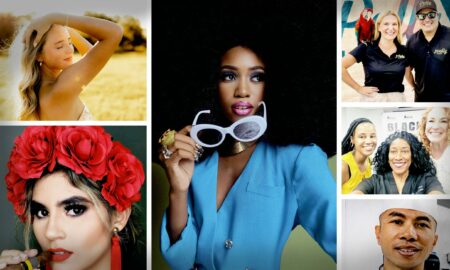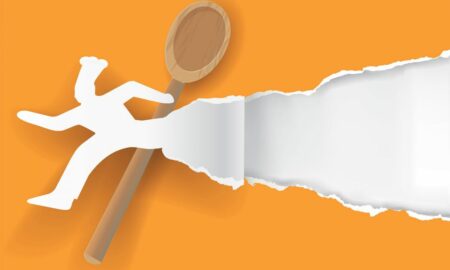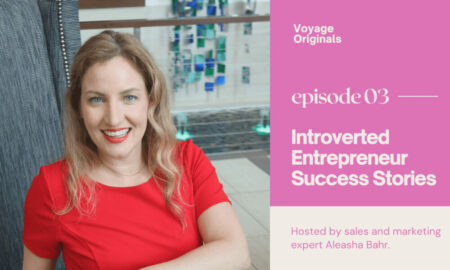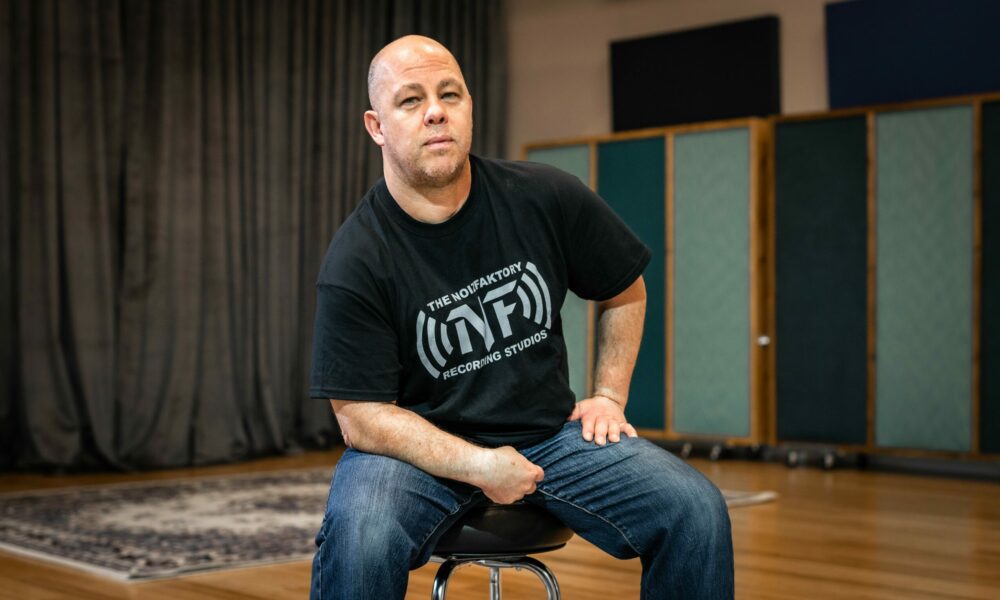

Today we’d like to introduce you to Eric Meyer.
Alright, so thank you so much for sharing your story and insight with our readers. To kick things off, can you tell us a bit about how you got started?
As a kid, I always wanted to be a musician and an Audio Engineer. As life progressed, I worked at trying to simply learn to play guitar. Due to my physical location of 45 minutes away from the nearest music lesson, growing up, my access to music lessons beyond basic chord strumming of church songs was very limited and the nearest recording studio that I knew of was four hours away. These obstacles made learning both music and Audio Engineering quite challenging. Moving to Austin in 2001 the opportunity that I had dreamed about growing up started to become available of being both a musician and being an Audio Engineer. I started by building a home studio which evolved from one bedroom to two bedrooms in the house. Eventually, I met my wife (Angelica), and as we discussed adding on to our house at that time and building a studio for me to use. As we progressed down that path, we started reevaluating adding on to the house. While standing outside of the house with my wife Angelica she matter of fact looked at me and said if we are going to build a studio then we need to build it right. At that point, we changed directions and started looking for land. Eventually, we found a large piece of land where we decided this is where we can build the studio. As we progressed moving forward, we asked our friend David Del Valle if he would help us design and build the studio. David went to school for Audio Engineering and his inherent knack for designing things and his awesomeness as a person made him the best choice to work on this project. Once he chose to get involved, he then designed a studio that started out on two pieces of graph paper where each square represented one square foot, and then eventually it wound up in Google Sketch Up. Once he designed the studio that he said would be his dream studio we chose to break ground. As we were building, we both learned so much in this process as we built a room inside of a room with floating floors according to old-school recording studio construction methods. Each room of the studio is completely decoupled from the additional rooms and the studio has complete line of sight from each part of the studio. As we built the studio, we promptly realized that we would need some help, and along came our friends Anthony Rodriguez and Marc Nirenberg to lend a hand. As we proceeded to construct the building, we all learned what “raising a barn” truly meant. As the walls were constructed laying down on the ground they needed to be positioned vertically. That was when we all learned how the Amish constructed their buildings and they probably still do it in this fashion to this day. Fast forwarding a bit to the completion of the studio which consists of approximately 75 tons of materials sitting on top of 130 yards of cement in the foundation we brought construction of the studio to a close. Following construction meant it was time to start tuning the rooms so they could make creating mixes much easier and with David’s genius and forward-thinking the rooms practically tuned themselves. As I built the acoustic panels that went throughout the entire building my wife Angelica would help me out by selecting the fabric to use and she wrapped every acoustic panel while I assisted her. Upon completion of the studio, it was time to bring in the gear. The first step was enlisting the help of my friend Randy Pekinto in crafting the desk and the rear rack that would house the equipment. We chose to be unconventional and use technology to our advantage and we made the desk so it acted like more of a cockpit where everything was within arm’s reach of the Audio Engineer while keeping the Audio Engineer’s head in the sweet spot of the sound 80% of the time. The goal is to make the Audio Engineer’s life as easy as possible while helping to expedite the ability to get work done. Once the desk was complete then my friend Pat Devaney came along and educated me on the world of DIY pro audio gear and what to look for in the construction and design of gear. We then started off with 24 channels of CAPI mic pre’s that he was kind enough to build for me if I bought the kits. Since I didn’t know how to solder and my understanding of electrical schematics was weak, he also proceeded to teach me a lot of things pertaining to building equipment. He was another rare find because he had been building equipment for 20 or more years which made him teaching me a little easier. However, due to my difficulties understanding electronics and learning about electronics on the fly I am sure that I was difficult to teach at times. However, David, Randy, and Pat patiently taught away while we all plowed forward bringing the studio to life. Anthony and Marc did not hesitate once to lend a helping hand when needed and there were lots of helping hands that were needed. Upon completion of the studio, we started breaking ground on the rest of the building which would contain three small studios, two medium studios, a lounge, and the always necessary restrooms. As we built the entire facility my parents (Larry and Paula Meyer) were also a part of this process. Sometimes my parents were visiting as we were about to hang drywall and they chose to get involved and help with the construction. Where we are today at the end of eight long years of construction and bootstrapping this project is with a fully completed studio which is really a multimedia production facility.
Can you talk to us a bit about the challenges and lessons you’ve learned along the way? Looking back would you say it’s been easy or smooth in retrospect?
It has not been a smooth road. At times the question of how do we get to the next step would pop up and questions like that can be a bit daunting. We have been fortunate that regardless of what we did or did not know at the time it always seemed that the next bit of important help magically showed up. Some of the struggles experienced along the way included being worried about having the finances to get to the next step, how are we physically going to complete the next step in the construction process, how do we handle power outages, and a lot of other odd questions most people may not think of.
Alright, so let’s switch gears a bit and talk business. What should we know about your work?
I had to make some decisions about what I would do to make a living when I started college. Since I started music late in life by my measure, I felt that I was behind the curve of being a musician. So, I shifted gears and received a B.S. in Business Administration/Marketing. Upon graduating with that degree there was a recession at that time. Six months later I went back to school and received a B.S. in Medical Imaging Technology. Upon graduating I had to move to Alaska for my internship and upon graduating I had my A.R.R.T. in Radiography. I proceeded to work in Radiology doing X-Ray, CAT scans, and eventually MRIs. At a later point I went to work for G.E. teaching MRI at hospitals all over the United States. My title at that point was an MRI Applications Specialist and I travelled a minimum of 270 days a year for five years. I then changed jobs and taught breast cancer detection software for Confirma and continuing to travel. All the while I continued to work on playing music and learning about being an Audio Engineer to the best of my ability. Upon leaving the world of travel behind I went back to working at a hospital as an MRI Technologist. All the while I was working on building the studio while maintaining a full-time job.
I am not sure what I am known for. I think that is something you would have to ask other people to get that information. What I think I’m known for is being able to teach difficult subjects using basic everyday tasks that people can relate to and encouraging people to push forward and try something regardless of failure. I am of the mindset that without failure you cannot learn what you did wrong and how to recover from that mistake.
I am not sure if I am proud of anything so much as grateful for everything. If it wasn’t for so many people lending a helping hand this facility would not exist. If anything, when I look back at things, I am always shocked at how everything has worked out so well for us and how everyone’s contribution helped make a building that I couldn’t have dreamed of on my best day.
If there is any one thing that sets me a part from others it might be that I don’t seem to know how to give up or quit working at something.
Can you tell us more about what you were like growing up?
Growing up I was always the kid that was picked on in school and I was probably socially awkward because the things I wanted to do just wasn’t taught in my area. I honestly grew up wanting to be Gene Simmons. I originally wanted to play bass however the people at the music store told my mom at the time that I was too small and I needed to play guitar. I started out wanting to play left-handed and they told me I needed to play right-handed. The weird thing is that I write left-handed and do most everything right-handed. I remember as a kid when it was time in grade school that I wanted to play my guitar in front of the class for “Show and Tell Day” and when I got done the kids were laughing at me. Later on, I moved on to middle school and I didn’t want to ride the bus because I would get picked on because my dad was a sixth-grade teacher and all the students that had gone through his class and deemed him a “mean” teacher for having expectations decided they would exact their revenge on me as I moved along through the classes after sixth grade. During my middle school days, I would ride with my dad to school and from school so I wouldn’t have to ride the bus and get picked on. During my middle school days, I entered poetry contests as a way to make money and I started learning to work out so I could defend myself and not get picked on. When I was in seventh grade, I started providing music for school dances where I could make money. I would end up building my own lighting as needed and purchasing the rest as I could afford it. I maintained this business throughout the end of high school.
Contact Info:
- Website: https://thenoizfaktory.com/
- Instagram: https://www.instagram.com/thenoizfaktory/?hl=en
- Facebook: https://www.facebook.com/thenoizfaktory
- Twitter: https://twitter.com/thenoizfaktory
- Youtube: https://www.youtube.com/c/thenoizfaktory/videos
- Yelp: https://www.yelp.com/biz/the-noiz-faktory-recording-studios-georgetown?osq=noiz+faktory
- Other: https://www.youtube.com/watch?v=DiEhM6R5nKo
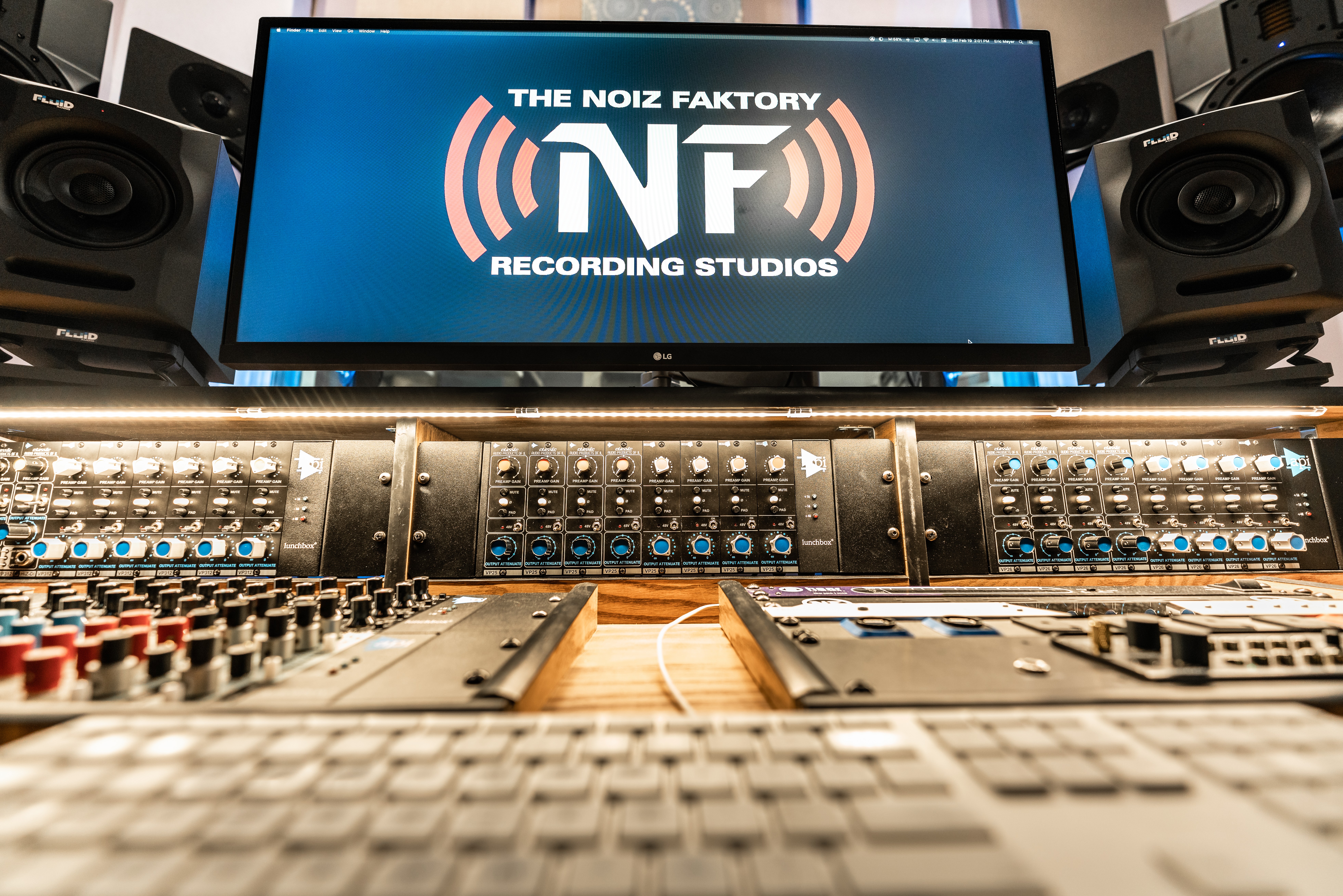
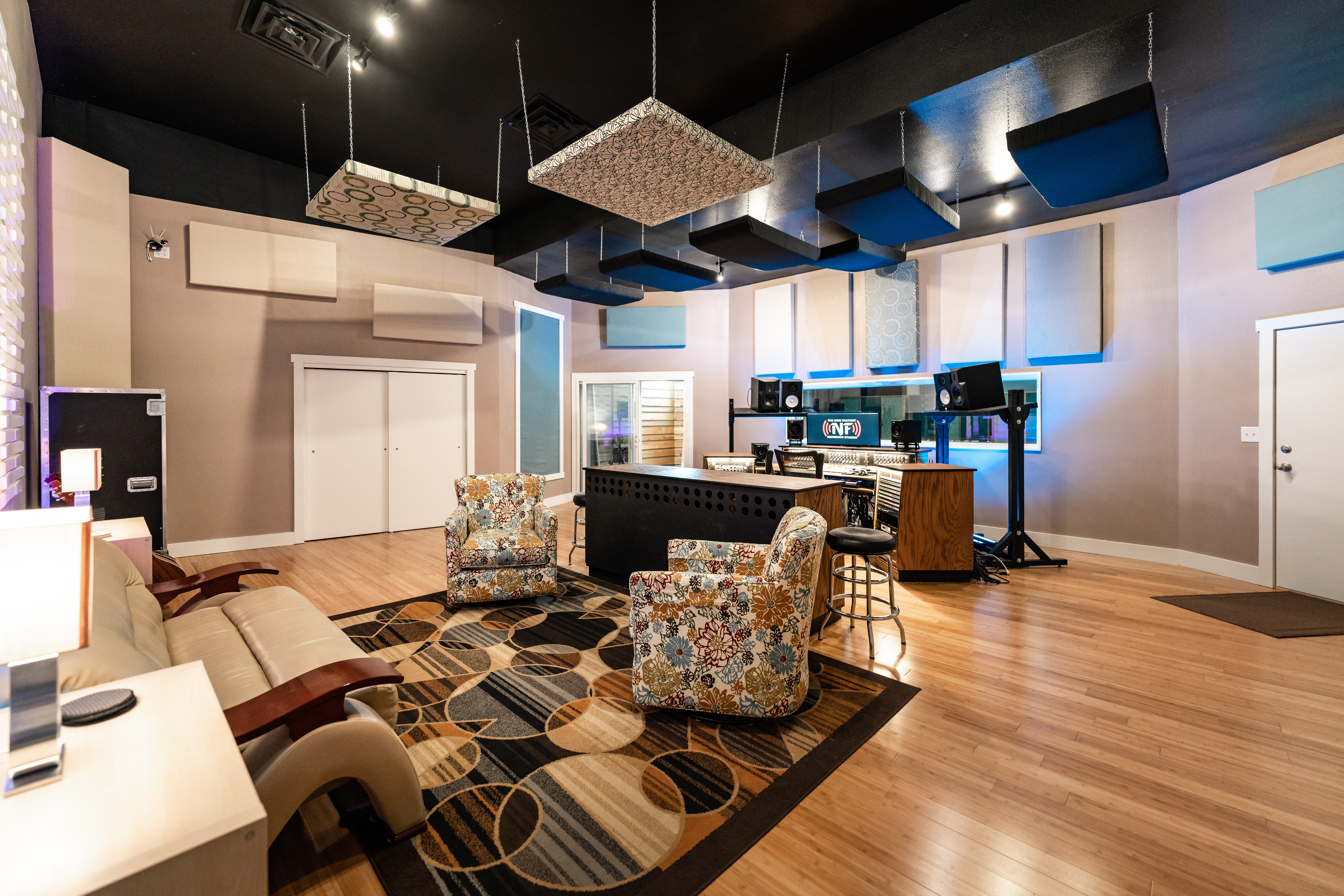
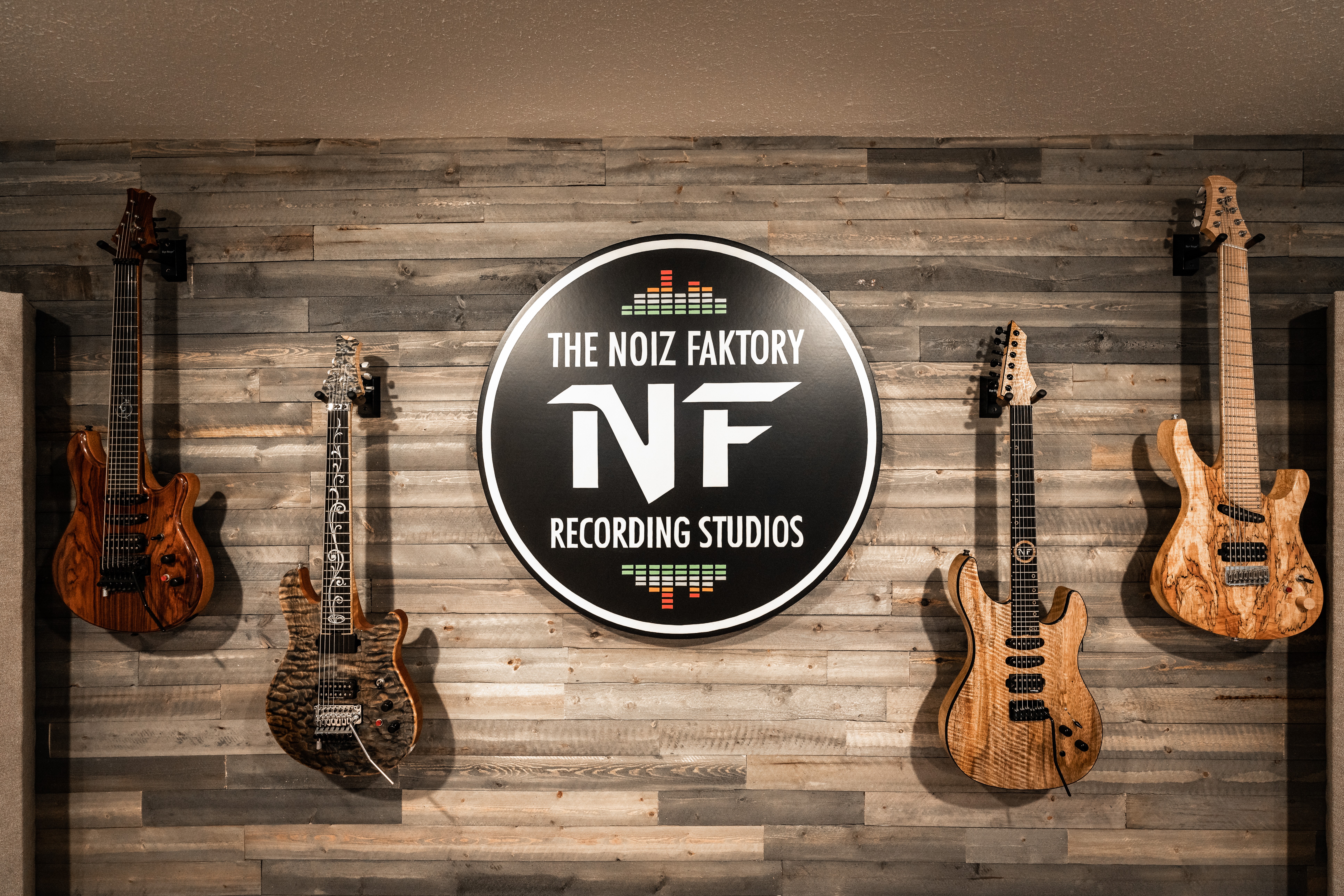
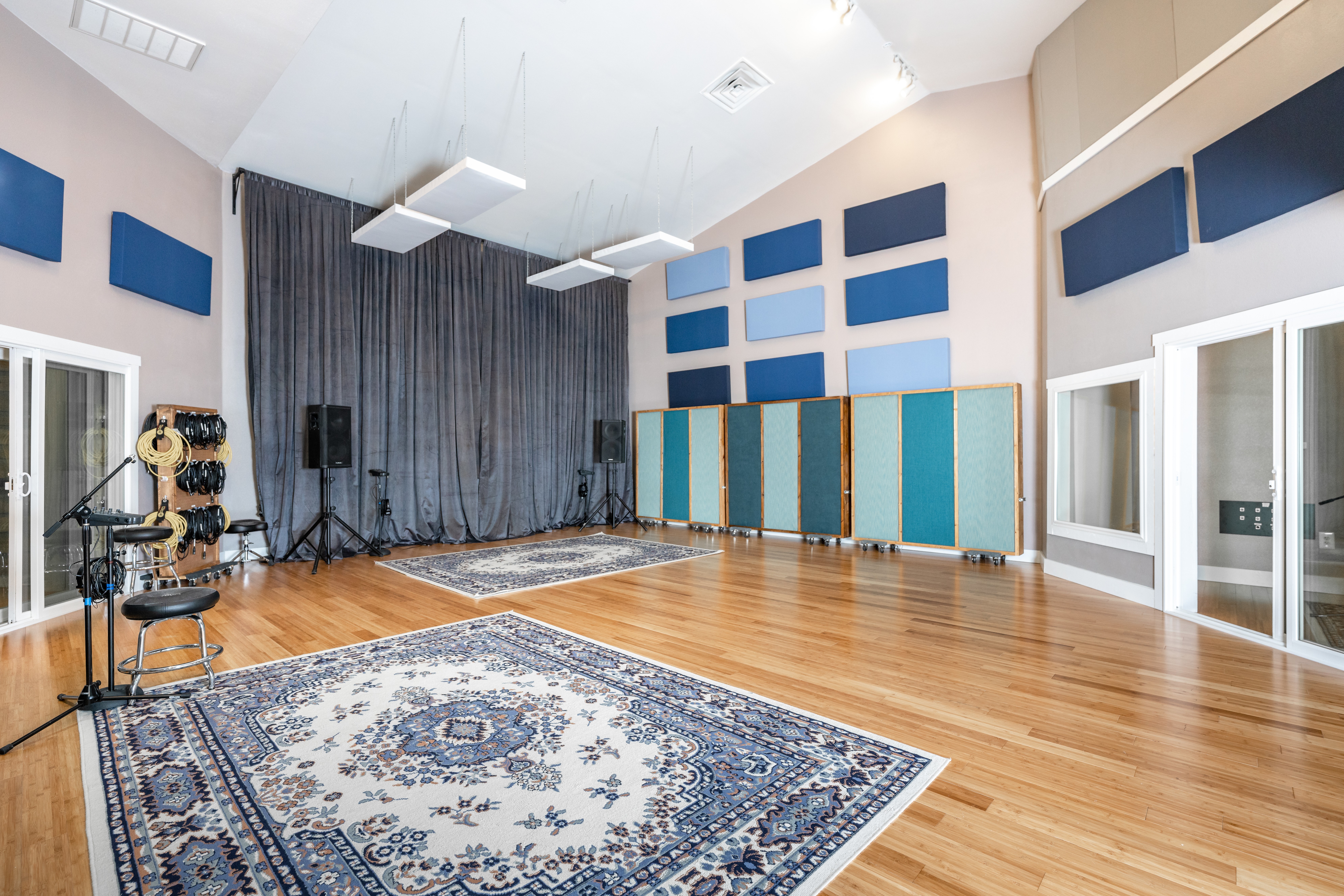
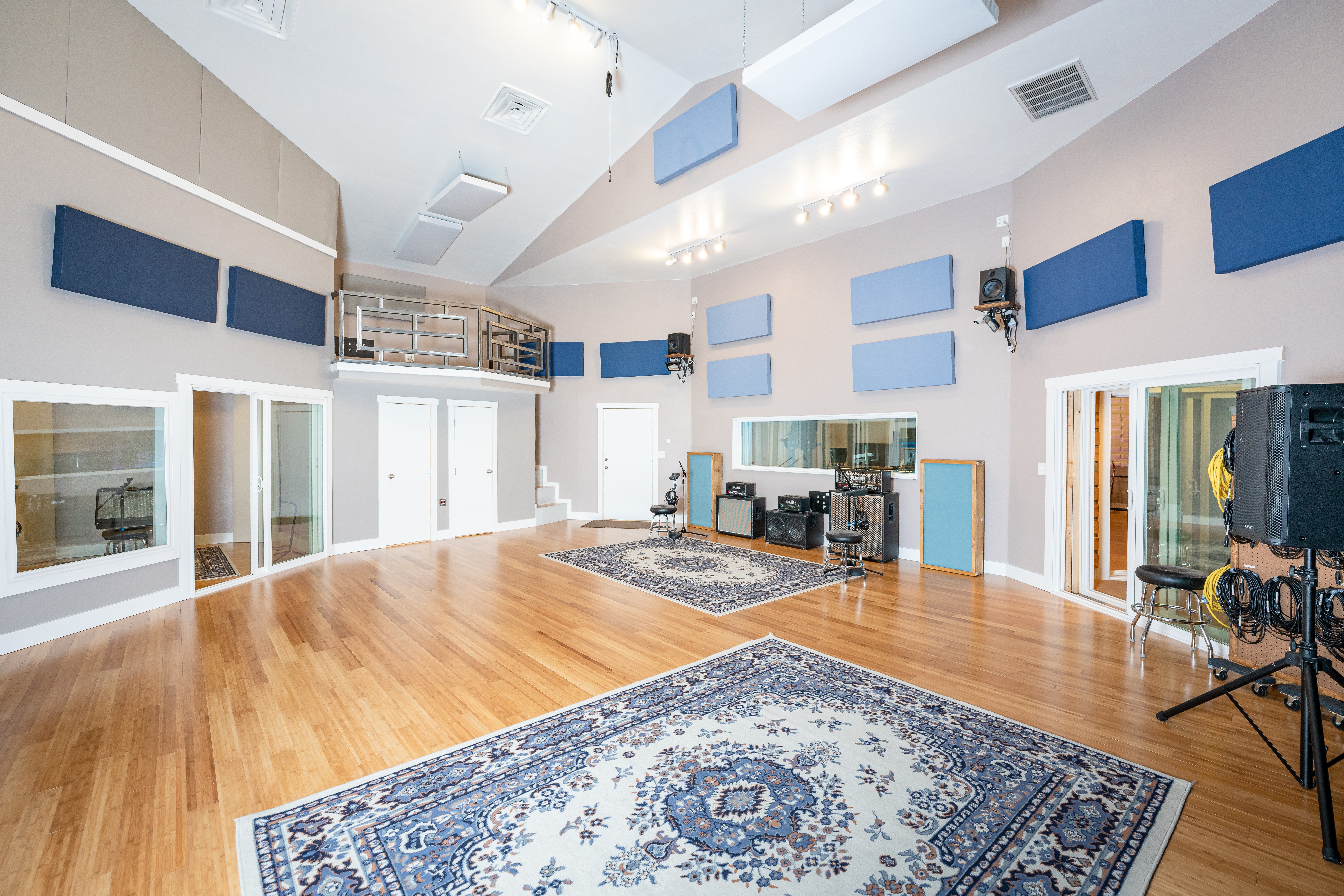
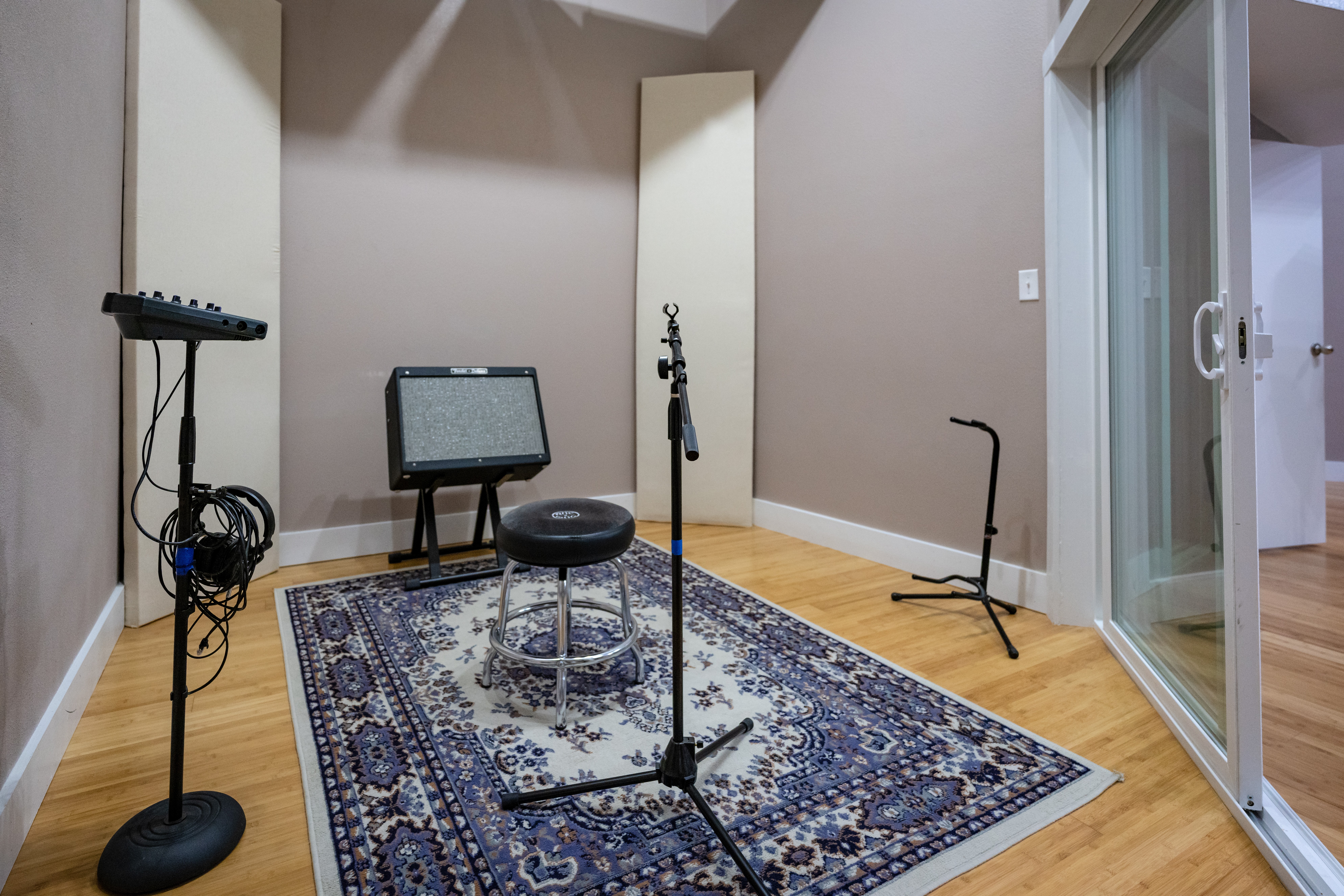
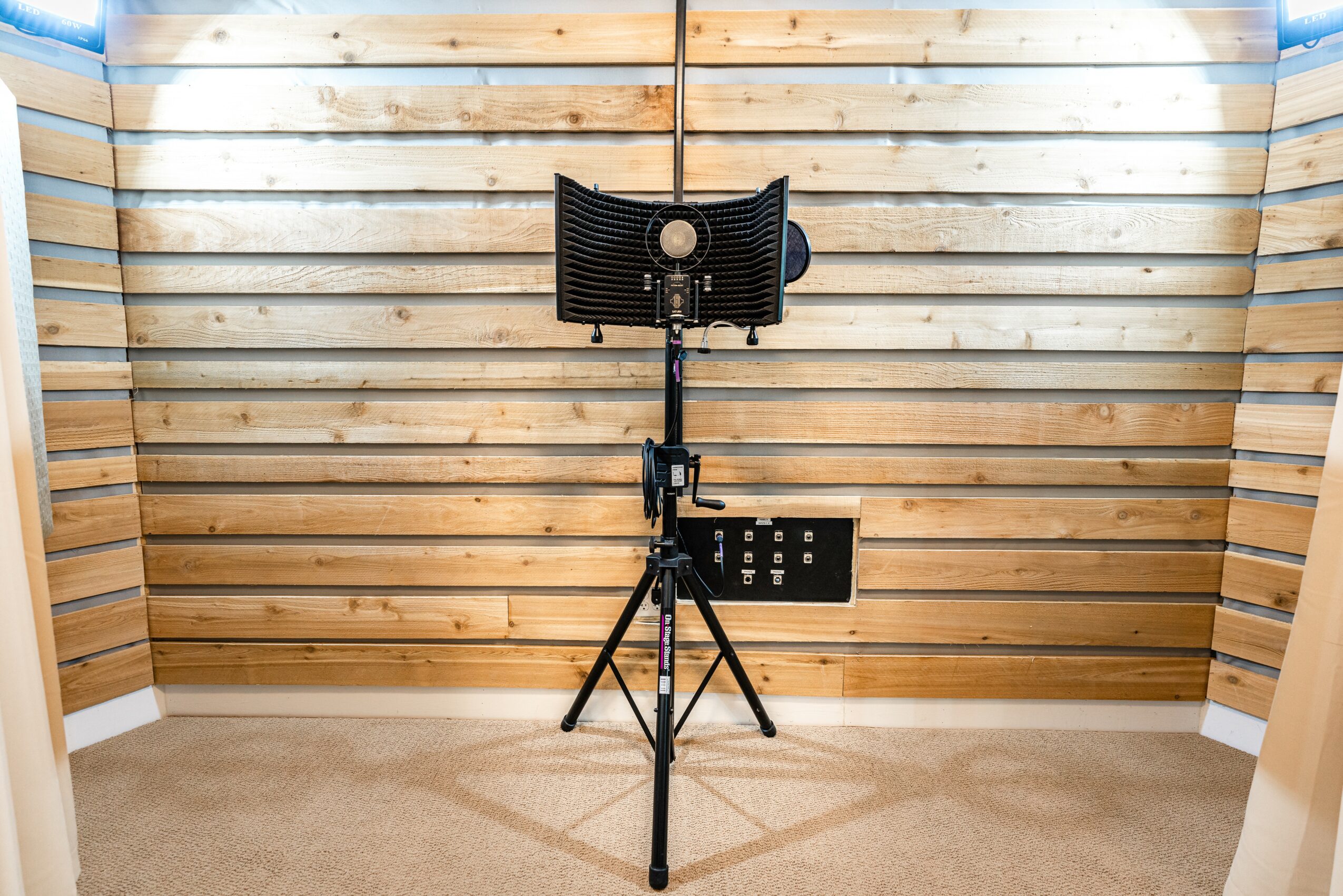
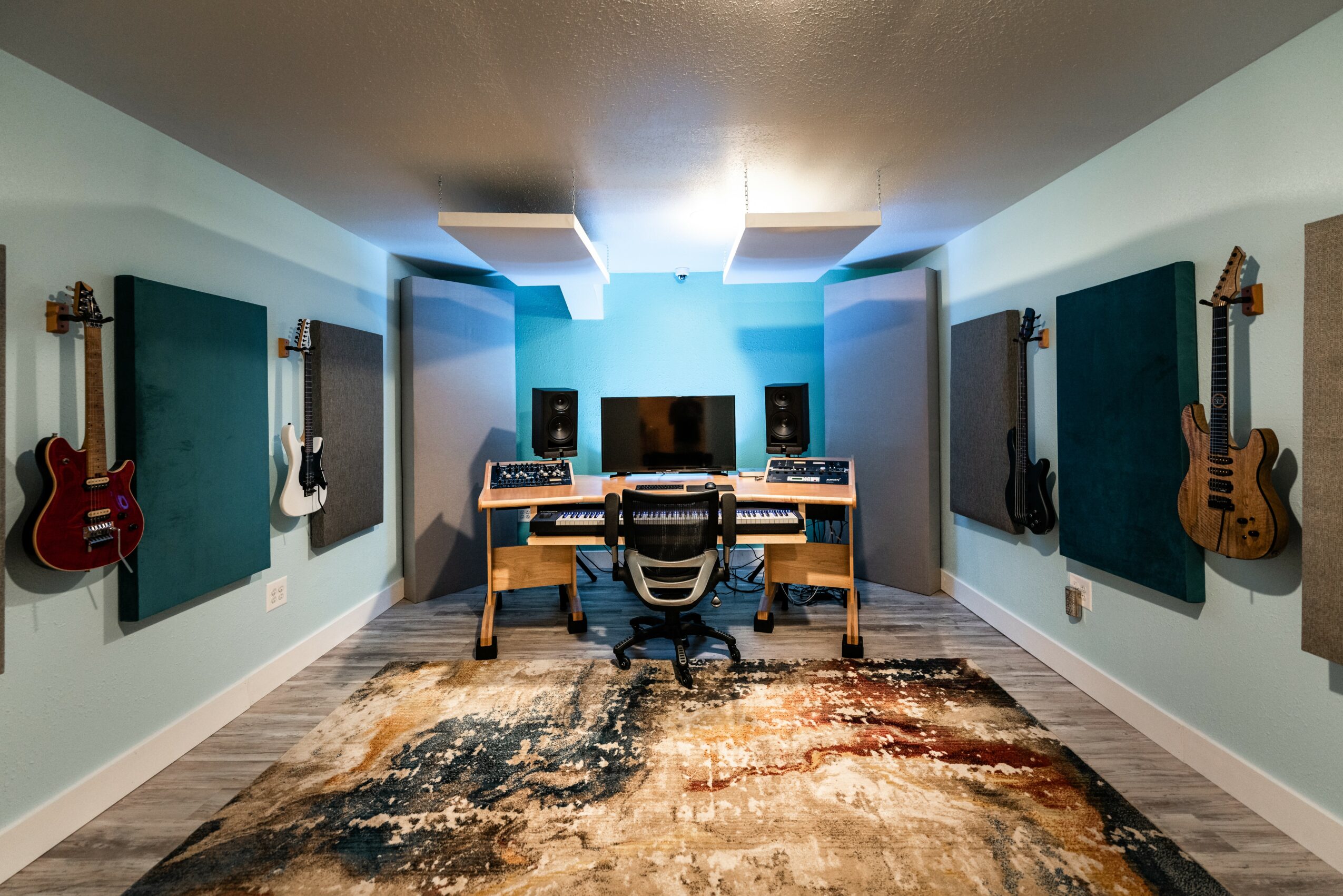
Image Credits
Jake Rabin Photography

